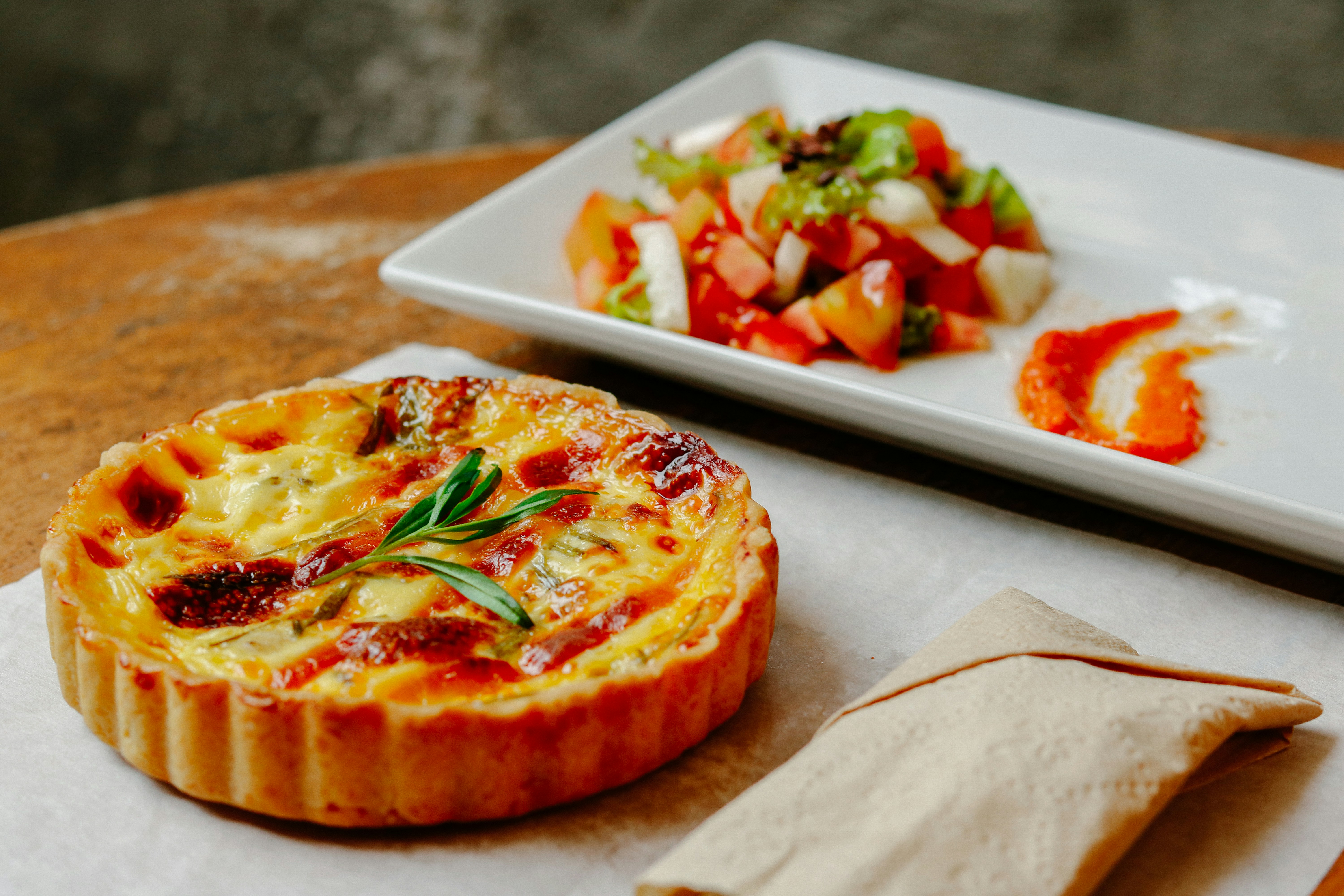Rekindling Culinary Traditions: The Resurgence of Artisanal Bread Making
Artisanal bread-making is staging a dramatic comeback. This profoundly familiar yet almost forgotten art form is being rediscovered by a new generation of culinary enthusiasts seeking authenticity, flavor, and a connection to their food’s origin. This article will delve into the resurgence of artisanal bread making, exploring its roots, techniques, and why it matters now more than ever.
A Timeless Art with a Modern Twist
Artisanal bread making is as old as civilization itself. It’s a process that involves the careful selection of high-quality ingredients, intricate kneading techniques, and slow, patient fermentation. Lately, this age-old tradition has been embraced by a new generation of bakers and food enthusiasts who appreciate the hands-on approach and the delightfully complex flavors of artisan bread.
The Science and Alchemy of Sourdough
Sourdough bread, the poster child of the artisanal bread world, is a wonder of culinary science. It’s made from a simple mixture of flour and water, left to ferment naturally. The result is a living, breathing entity – a sourdough starter – that can be kept alive and used indefinitely. The unique flavors of sourdough bread come from the wild yeasts and bacteria that inhabit the starter, making each loaf a unique representation of its environment.
The Rise of Artisan Bakeries
Artisan bakeries, with their focus on quality ingredients and traditional techniques, are popping up in cities and towns worldwide. These establishments are often small, family-run businesses where the craft of bread making is handed down from generation to generation. They offer a wide variety of bread, from classic baguettes and sourdough loaves to innovative creations infused with local flavors.
The Benefits of Artisan Bread
Aside from its superior taste and texture, artisan bread offers several health benefits. It’s often made from whole grains, which are rich in fiber and essential nutrients. The slow fermentation process also breaks down some of the gluten, making the bread easier to digest. Plus, the lack of preservatives and artificial additives makes artisan bread a healthier choice.
Embracing the Artisan Bread Movement at Home
More and more people are trying their hand at home baking, inspired by the artisan bread movement. It’s a rewarding and therapeutic process that allows you to connect with your food on a deeper level. Plus, there’s nothing quite like the smell of freshly baked bread wafting through your home.
Quick Facts and Helpful Tips:
-
Making your own sourdough starter can take up to a week, but once it’s established, it can be used indefinitely.
-
Temperature and humidity can affect the fermentation process. Warmer conditions lead to a faster rise, while cooler conditions slow it down.
-
Different types of flour yield different flavors and textures. Experiment with a variety to find your favorite.
-
Patience is key. The best artisan bread requires slow fermentation, which allows the flavors to develop fully.
In conclusion, the resurgence of artisanal bread making represents a return to the roots of culinary tradition, a celebration of the simple yet profound act of creating sustenance from basic ingredients. It’s a reminder that sometimes, the old ways are the best ways. The next time you bite into a slice of crusty, aromatic artisan bread, take a moment to appreciate the craft and heritage that went into its making.




